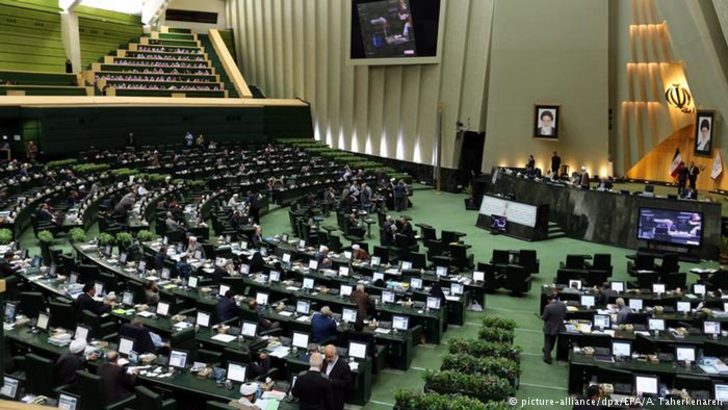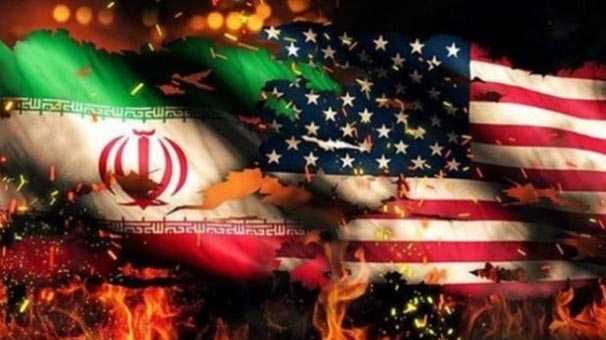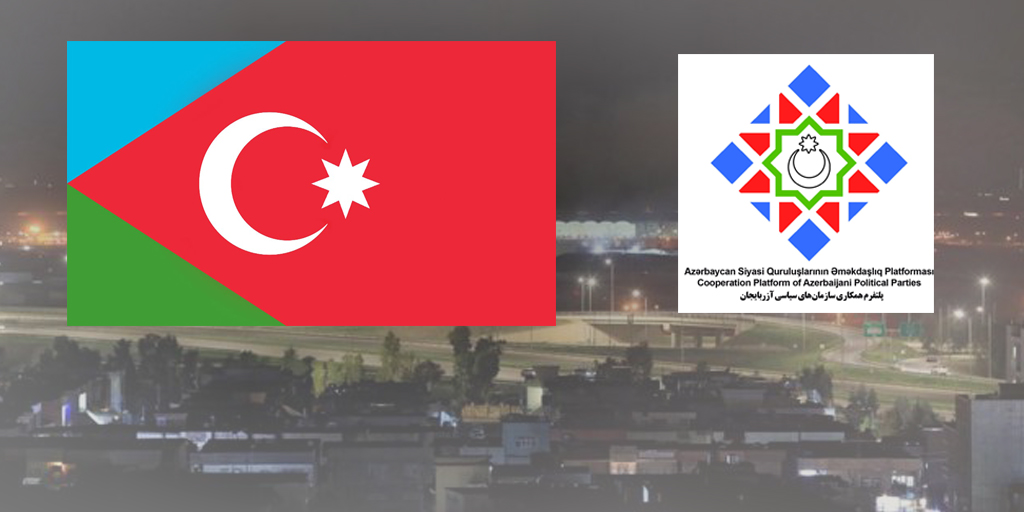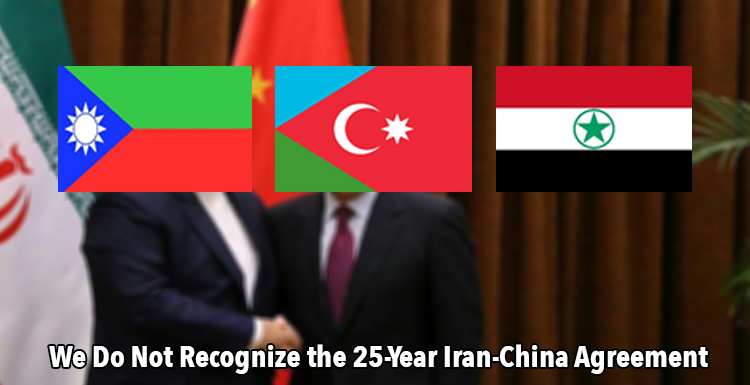Race and Ethnic issues of Turks in Iran-By: Brenda Shaffer
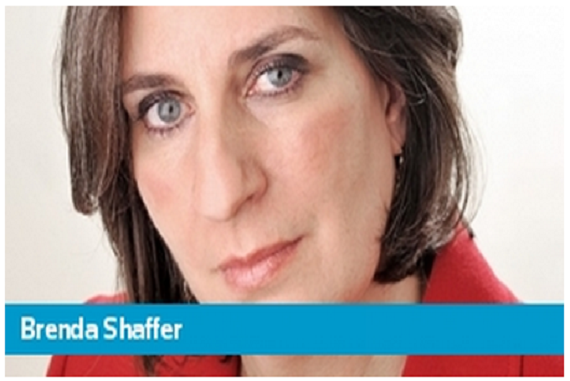
When Iranian President Hassan Rouhani was campaigning, he promised the country’s many ethnic minorities to expand the use of their languages. Rouhani recently signaled his intent to keep that promise, by appointing Iran’s first presidential aid for ethnic and religious minority affairs, acknowledging the country’s minority challenges.
In the multi-ethnic state that is Iran, the political meaning of the population’s diversity will have serious consequences as political normalization with the West continues. Both the United States and the European Union should understand the significance of Iran’s multi-ethnic makeup and prepare policies that can address it.
Washington and Brussels should view this process as similar to when Mikhail Gorbachev began opening the Soviet Union to the West, it quickly became apparent that the Soviet Union was –not only composed of Russians. Later, it became clear that what the West had considered to be “Yugoslavians” or “Czechoslovakians” were, in fact, many different ethnic groups. Few of these peoples shared a civic-state identity.
In the same way, while Iran is commonly referred to as Persia, Persians account for roughly half the population. The remaining half is comprised of ethnic minorities; mainly Azerbaijanis, Kurds, Turkmen, Arabs and Baluch.
The Azerbaijanis are the largest minority, accounting for a third of the population. Iran’s supreme leader Ali Khamenei is an ethnic Azerbaijani, as is one of the main opposition leaders, Mir-Hossein Mousavi.
Ethnic minorities pose a particular security problem for Iran. They primarily live in the border regions and many share ties with members of their ethnic communities in neighboring states, including Azerbaijan, Turkey, Iraq and Pakistan. Iran’s domestic makeup affects its foreign relations with most of its neighbors.
Iran’s Constitution grants ethnic minorities the right to use their ethnic languages in media and other publications, as well as for education. In reality, however, Iran has not allowed ethnic minorities to run schools or give testimony in courts in their native languages. Non-Persian media and publications have been limited.
The multi-ethnic composition of Iran could affect regime stability. In a potential regime crisis, the ethnic factor could play a role in toppling the government — as it did in the collapse of the Shah regime and the ascent to power of the Islamic Republic in 1979.
Yet, in contrast to the role that ethnic populations played in bringing about the collapse of the Soviet Union and the breakup of Yugoslavia, Iran’s multi-ethnic demographics may undermine the reform movement. Many pro-democracy Persian activists in Iran fear full democratization because it could lead to the end of Persian dominance.
Iran’s ethnic minorities demonstrate varying degrees of identification with the regime. Most seek expansion of their cultural rights within Iran. In this, they are seeking to change the nation’s policies, not its borders.
However, some groups, including Kurds and Baluch, are now waging a violent struggle against Tehran. The Western media does not often focus on these ethnic struggles. When they do it is usually framed in religious terms, referring to Sunni minorities and ignoring the ethnic basis of the conflict.
Regular skirmishes now take place between government forces and residents of Iran’s Kurdish provinces. Hundreds of Iranian Kurds have been arrested in the last year and many are still in detention.
Another focus of violent confrontation is between Tehran and the Baluch-populated regions that border Pakistan and Afghanistan. Senior Iranian security and other government personnel have been assassinated in this region; most recently a public prosecutor.
Responding to these ethnic upheavals, Tehran has long blamed outsiders. Rouhani has done this as well, attempting to delegitimize the demands for language and cultural rights by depicting these ethnic minorities as tools of foreign governments, primarily Britain, the United States or Israel.
Most foreign governments, however, including the United States, have not formulated specific policies toward the ethnic minorities. They rarely even factor them in when assessing regime stability, and are cautious in their contacts with representatives of the ethnic minorities who seek outside support.
In fact, even U.S. government-supported media outlets like Voice of America and Radio Liberty rarely report on the discrimination against Iran’s ethnic minorities or the violent confrontations taking place with the central government.
Though actively meddling in Iran’s ethnic politics does not seem prudent, the Washington and European governments should include Tehran’s discrimination toward its ethnic minorities when reporting on the state of human rights there. U.S. government analytical units and officials dealing with Iran should consider the response of ethnic minorities when assessing regime stability in Iran.
Moreover, Radio Liberty and other U.S. government-supported media outlets should give a voice to these ethnic minorities.
The rising ethnic activity in Iran will likely lead to increased demands for policy responses from the United States and Europe. These governments should be prepared. It is best not to wait until people are marching in public squares to understand their aspirations.
Source: southaz.blogspot





